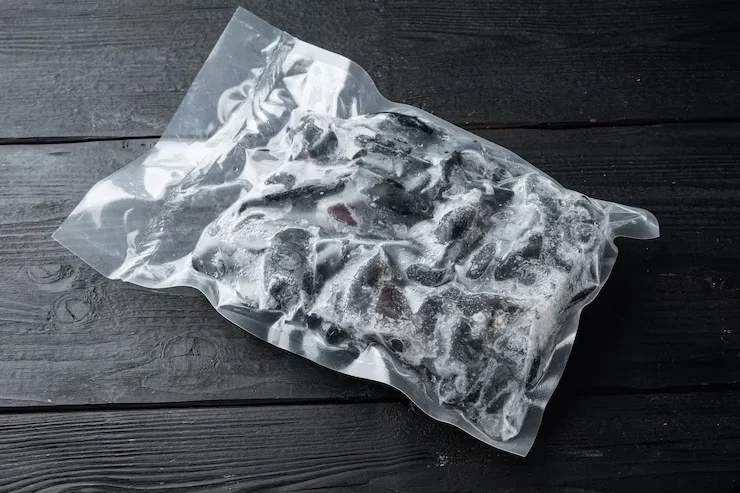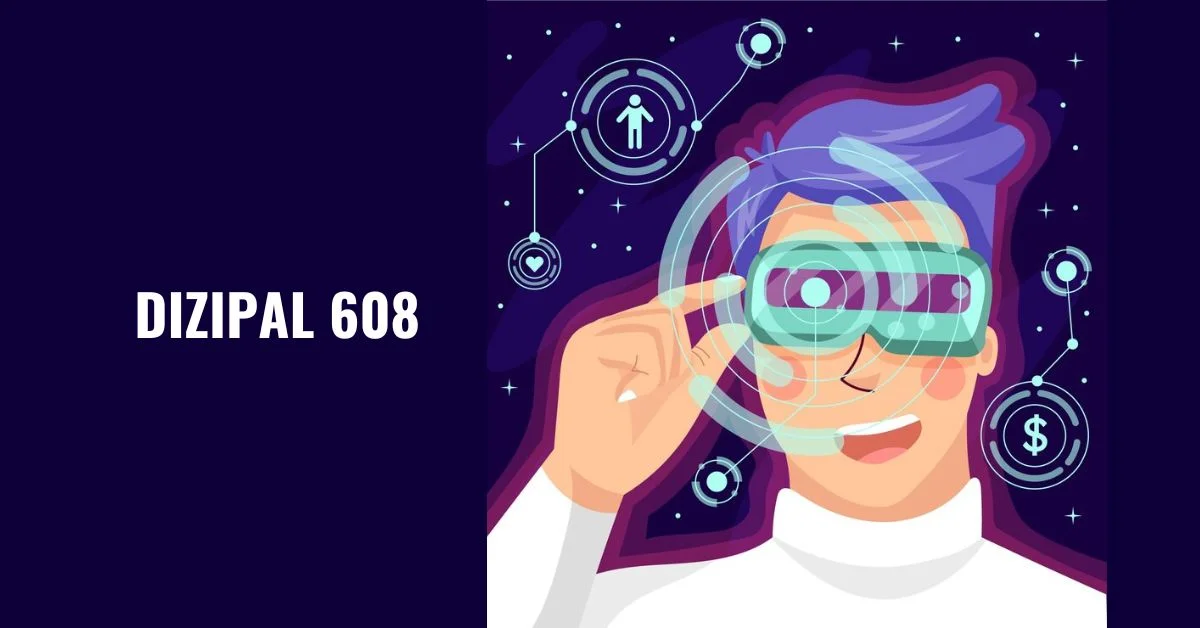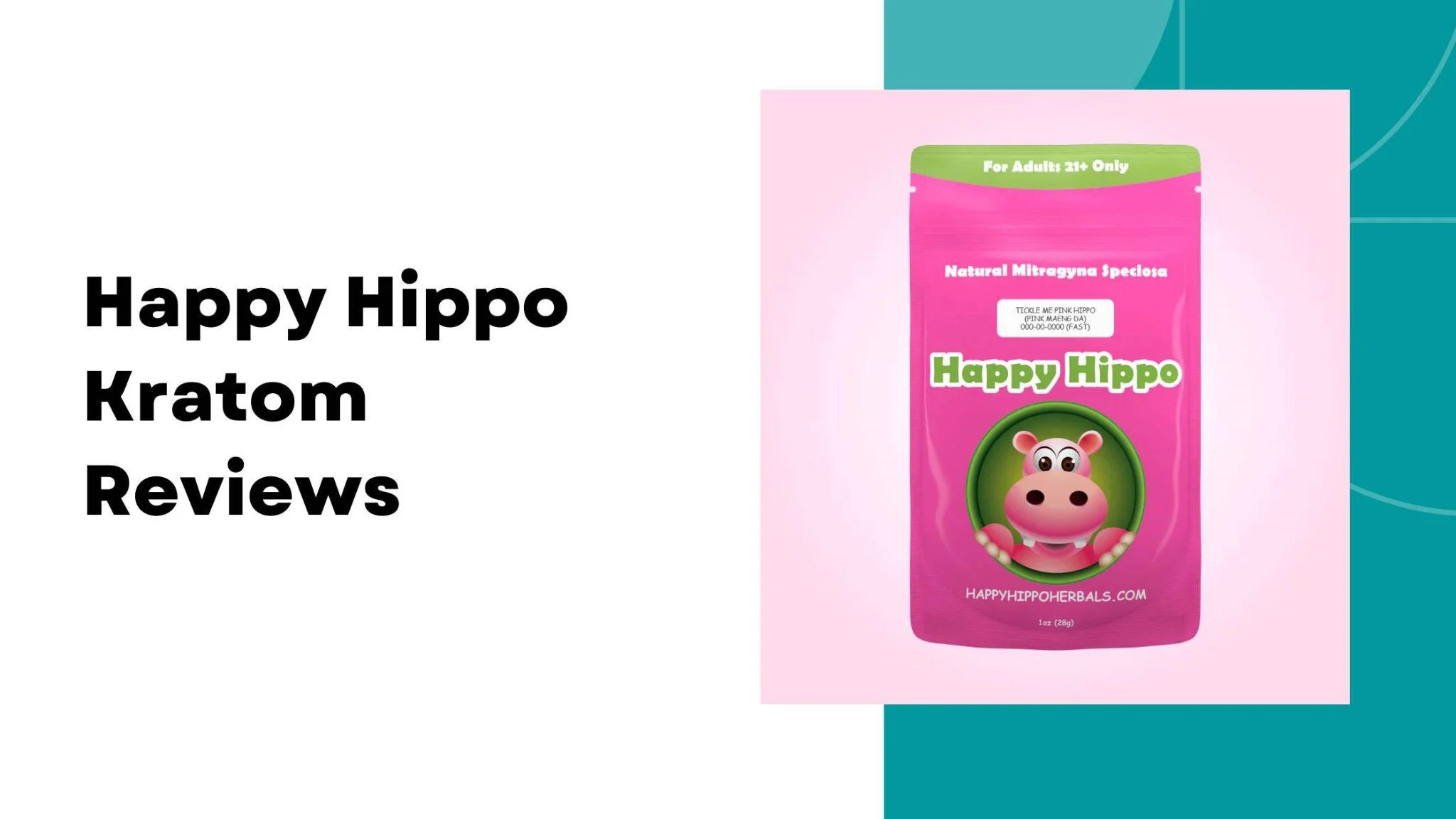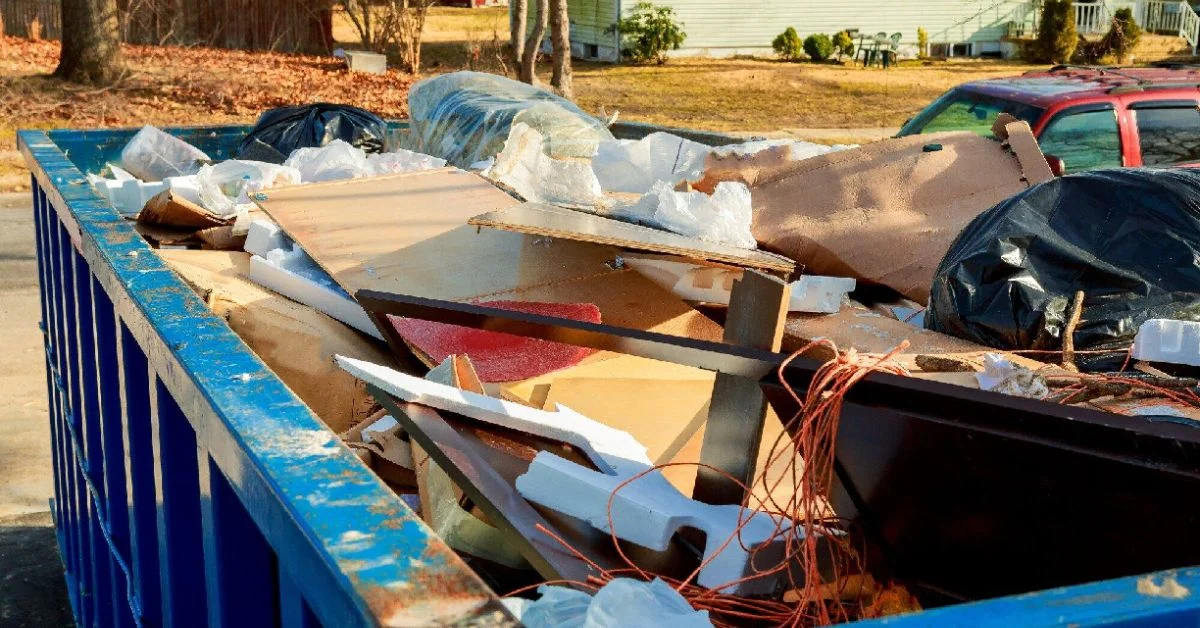FINANCE
Implementing the Debt Snowball Method
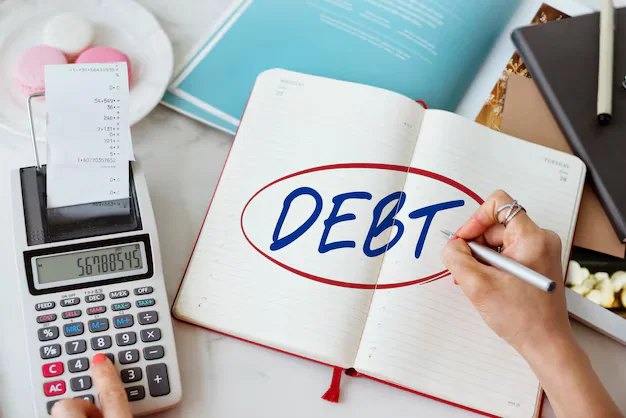
If you’re struggling with debt, it can feel overwhelming and like there’s no clear way out. Between credit card bills, student loans, and personal loans, managing multiple debts can quickly become stressful. But what if there was a way to tackle this debt in a way that feels achievable and motivating? Enter the debt snowball method—a proven strategy for paying off your debts and building momentum along the way.
The debt snowball method is one of the most popular debt repayment strategies because it focuses on quick wins. You start by paying off the smallest debt first, regardless of interest rate, and then move to the next smallest debt once the first one is paid off. This method is especially effective for people who need a mental boost to keep moving forward with their debt repayment. If you live in the Sunshine State and are considering debt relief programs in Florida, the debt snowball method could be a powerful way to start regaining control of your finances.
In this article, we’ll break down how the debt snowball method works, why it’s so effective, and how you can implement it in your own life to get rid of your debt faster.
1. What is the Debt Snowball Method?
The debt snowball method is a simple but effective approach to paying off debt. The idea is to pay off your debts starting with the smallest balance and work your way up to the larger ones. Here’s how it works:
- List your debts: Write down all of your debts from smallest to largest balance.
- Focus on the smallest debt: Make the minimum payments on all your other debts, but put any extra money toward paying off the smallest debt.
- Roll over payments: Once the smallest debt is paid off, take the money you were putting toward it and roll it into the next smallest debt, creating a “snowball” effect.
- Repeat the process: Continue this process until all of your debts are paid off.
While the snowball method focuses on the smallest balance, the momentum you build as you pay off debts can be a huge motivator. This mental boost helps many people stay committed to their debt-reduction journey, even when it feels like a slow process.
2. Why the Debt Snowball Method Works
You might be wondering why this method focuses on paying off the smallest debts first, even if they have lower interest rates than larger debts. It’s not the most mathematically efficient strategy, but it’s highly effective for one important reason: psychological momentum.
Quick Wins Build Motivation
Paying off smaller debts first provides a quick win, which can be incredibly motivating. As you see your debts disappearing, it becomes easier to stay committed to the process. This sense of accomplishment helps you maintain focus on your larger debts.
Avoiding Overwhelm
When you’re facing a mountain of debt, the task can feel overwhelming. Starting with the smallest debt makes the process feel more manageable. Instead of tackling a massive debt all at once, you chip away at it bit by bit, building confidence and staying positive.
Simplicity
The debt snowball method is easy to understand and execute. You don’t have to calculate complicated interest rates or shuffle payments around. It’s a straightforward approach that can be less mentally taxing, especially for those who have never tackled a formal debt repayment plan before.
Building Good Financial Habits
The debt snowball method encourages you to develop positive financial habits, such as budgeting, making regular payments, and staying organized. As you gain control over your smaller debts, you’ll also be building the discipline needed to stay on top of your larger debts.
3. How to Implement the Debt Snowball Method
Now that you understand the basics of how the debt snowball method works, let’s walk through the steps to implement it in your own financial situation. The key to success with the snowball method is commitment and consistency.
Step 1: List Your Debts
Start by listing all of your debts. This includes credit cards, personal loans, medical bills, student loans, and any other debts you might have. Write them down in order from the smallest balance to the largest.
It’s important to be honest with yourself about the total amount of debt you have. If you’re enrolled in debt relief programs in Florida, include those debts in the list as well so you can have a clear view of your total financial picture.
Step 2: Make Minimum Payments
Once your debts are listed, continue making the minimum payments on all of them except for the smallest debt. This ensures you’re staying on top of all your obligations, even as you focus on one at a time.
Step 3: Pay Extra Toward the Smallest Debt
Put any extra money you have toward paying off the smallest debt. This is the time to get creative and find ways to free up money. Consider cutting unnecessary expenses, selling items you no longer need, or finding a side hustle to increase your income.
Step 4: Celebrate the Win
Once you’ve paid off the smallest debt, take a moment to celebrate. You’ve made progress, and this achievement will fuel your motivation to tackle the next debt.
Step 5: Move to the Next Debt
Once your smallest debt is paid off, take the money you were putting toward that debt and roll it into the next smallest debt. Now, you’ll be paying down that debt faster since you’ve added the previous payment to it. This creates a snowball effect where your payments continue to grow as you knock out each debt.
Step 6: Repeat Until You’re Debt-Free
Keep repeating this process until all your debts are paid off. As you move through your list, the amounts you’re paying will grow, and before you know it, you’ll be completely debt-free.
4. Tips for Success with the Debt Snowball Method
The debt snowball method is effective, but it’s important to stay disciplined. Here are some tips to help you succeed with the strategy:
1. Stay Consistent
One of the biggest challenges in any debt repayment plan is consistency. Even if you can only put a small amount toward your smallest debt, consistency is key. Make it a habit to review your budget and payments regularly to stay on track.
2. Don’t Add New Debt
While working through the snowball method, avoid adding new debt. Resist the urge to charge items on your credit card, as this will only slow down your progress. Stay focused on paying down your current debts and avoid distractions.
3. Use Windfalls Wisely
If you get an unexpected windfall, such as a tax refund, bonus at work, or cash gift, use it to pay down your debt. Applying lump sums of money to your smallest debt can significantly speed up the process.
4. Stay Positive
Paying off debt takes time, and there will be setbacks along the way. Don’t get discouraged if it takes longer than expected. Keep focusing on your small wins, and remember that each payment is a step toward your larger goal of financial freedom.
5. Conclusion: Gaining Control Over Your Finances
The debt snowball method is a powerful tool for reducing debt and regaining control over your finances. It’s a simple, straightforward strategy that allows you to build momentum and achieve financial success, one debt at a time. By focusing on the smallest debts first, you create positive momentum that fuels your progress toward larger financial goals.
Whether you’re paying off credit card balances, student loans, or medical bills, the snowball method can help you simplify the process and stay motivated. With consistency and commitment, you’ll be able to reduce your debt, build good financial habits, and achieve the freedom to live life on your terms. Start today, and watch the snowball effect take shape as you work toward a debt-free future!
FINANCE
What It Costs a Family When One Person Can’t Work Anymore
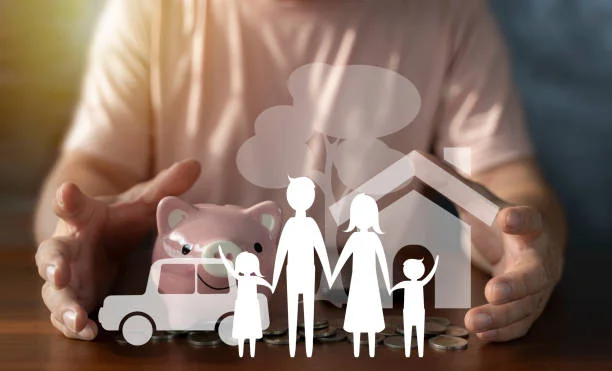
When someone in your family can no longer work, the impact is immediate and profound. The loss of income can strain your finances, forcing tough decisions about essentials. You might find yourself cutting back on groceries or postponing bill payments. This stress can also affect relationships and emotional well-being Costs a Family. Medical bills and daily expenses can pile up, intensifying the burden. You may start questioning how to manage without the lost paycheck. It’s critical to understand your options for support. Knowledge can guide you through this challenging time. Cedar Rapids personal injury attorneys can provide insights into possible compensation avenues, helping you regain stability. Remember, you’re not alone. It’s important to consider professional guidance to navigate these difficult waters. Prioritizing your family’s financial security is essential. By exploring available resources, you can begin to build a new path forward. Together, you can face these challenges head-on and find a way through.
Understanding the Financial Impact
When a family loses a source of income, immediate adjustments become necessary. Below is a comparison table highlighting the changes in monthly expenses:
| Expense Type | Before Loss | After Loss |
|---|---|---|
| Groceries | $500 | $400 |
| Utilities | $200 | $180 |
| Medical Bills | $100 | $300 |
| Transportation | $150 | $100 |
Emotional and Relationship Strain
Aside from finances, the emotional toll is significant. Stress from reduced income can lead to tension and conflict within families. Open communication is key. Regular family meetings can help align on priorities and solutions. Seeking support from counselors can also ease emotional burdens.
Seeking Financial Assistance
Several avenues can offer financial relief. Government aid programs may provide temporary assistance. For example, unemployment benefits can help buffer income loss. Applying for food assistance programs can also reduce grocery expenses, easing household burdens.
Legal Support and Compensation
In cases of work-related injuries Costs a Family, contacting legal professionals can uncover potential compensation. Personal injury attorneys specialize in navigating these situations. Their insights can identify compensation you might not be aware of, offering a path to regain financial footing.
Reevaluating Priorities
During this time, it’s helpful to examine and adjust spending habits. Essential expenses must be prioritized over non-essential ones. Creating a revised budget can provide clarity. This practice might reveal areas where you can save more than expected.
Finding New Opportunities
Exploring new work opportunities can be another way to alleviate financial stress. Consider part-time work or freelance opportunities that align with your existing skills. Upskilling through online courses can also lead to new job prospects. Visit CareerOneStop for resources on training and job searches.
Long-Term Planning
While immediate concerns are pressing, don’t neglect future planning. Analyze your financial situation regularly to adjust as needed Costs a Family. Saving plans, even if modest, can build a safety net over time. These efforts ensure you are better prepared for future unforeseen events.
Conclusion
Facing the loss of a family’s income is challenging, but not insurmountable. By understanding impacts, seeking support, and planning carefully, you can navigate this turbulent period. Utilize available resources and professional assistance to rebuild stability. Together, your family can find resilience and adapt to these new circumstances.
FINANCE
WUVISAAFT Explained: Visa & Western Union Transfers
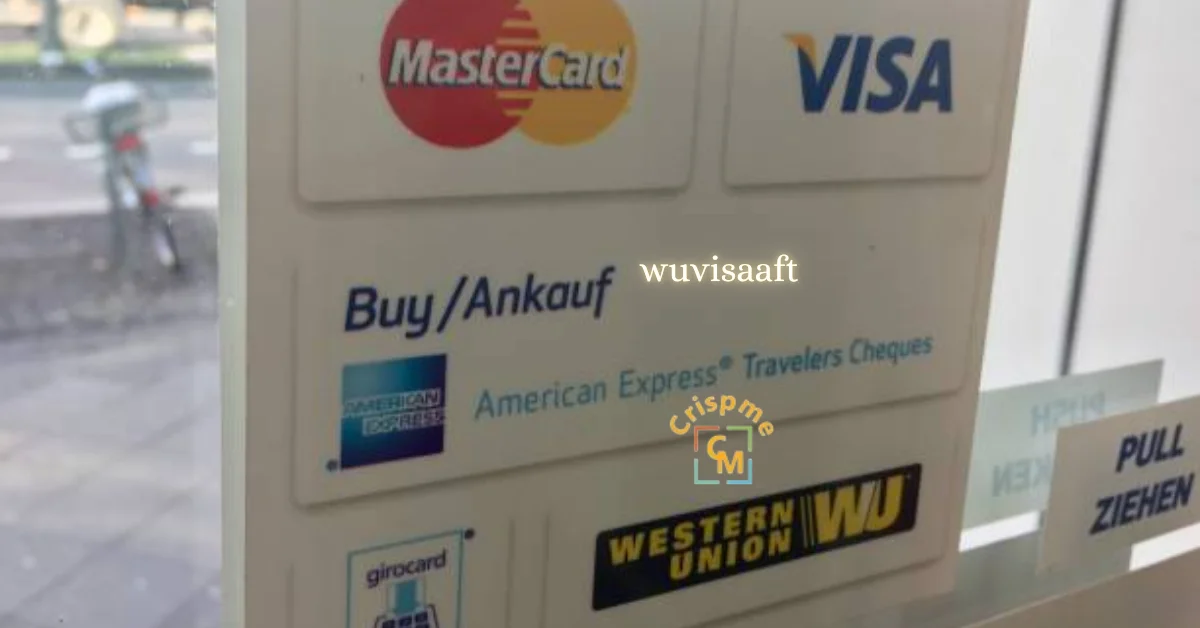
In today’s fast-paced world, sending money across borders has never been easier. But with so many options available, how do you know which one to choose? Enter WUVISAAFT—a revolutionary service that combines the reliability of Visa with the global reach of Western Union. Whether you’re supporting family abroad or making business transactions, understanding WUVISAAFT can make a significant difference in your money transfer experience. Let’s dive into what makes this innovative service stand out in an ever-evolving financial landscape.
What is WUVISAAFT?
WUVISAAFT is an innovative service that merges the strengths of Visa and Western Union. This unique collaboration allows users to send money internationally with ease and efficiency.
At its core, WUVISAAFT streamlines cross-border transactions. It leverages Visa’s extensive payment processing network alongside Western Union’s vast global presence. This means you can transfer funds to nearly any country in the world without hassle.
The platform is designed for both individual consumers and businesses seeking reliable solutions for international payments. Users benefit from a user-friendly interface, making it easy to navigate through various options.
With WUVISAAFT, sending money feels less like a chore and more like an accessible part of everyday life. Whether it’s paying bills or supporting loved ones overseas, this service aims to simplify your financial exchanges across borders.
How does it work?
WUVISAAFT operates by seamlessly connecting Visa card holders with Western Union’s vast transfer network. The process begins when a user opts to send money using their Visa card through the WUVISAAFT platform.
Once initiated, the service processes the transaction quickly and securely. Users enter recipient details and select an amount to send. This information is encrypted for safety.
Next, funds are transferred instantly or within a few hours, depending on the destination country. Recipients can collect cash at local Western Union locations or have it deposited directly into their bank accounts.
Throughout this entire procedure, real-time tracking allows users to monitor their transfers effortlessly. Notifications keep both sender and receiver informed until the money is successfully delivered. The combination of convenience and speed makes WUVISAAFT a popular choice for those needing reliable international transfers.
Benefits of using WUVISAAFT
WUVISAAFT offers a range of advantages that make it an attractive option for those needing seamless financial transactions. One significant benefit is speed. Transfers are typically processed much faster than traditional methods, allowing funds to reach recipients within minutes.
Another key advantage is the convenience factor. Users can initiate transfers from their homes or on-the-go via mobile devices, eliminating the need to visit a bank branch. This flexibility caters to modern lifestyles and busy schedules.
Additionally, WUVISAAFT provides competitive exchange rates and lower fees compared to conventional banking options. This cost-effectiveness can be particularly beneficial for frequent senders or larger transactions.
Customer support also stands out with WUVISAAFT. Users have access to assistance whenever needed, ensuring questions or issues are addressed promptly without unnecessary delays in service delivery.
Comparison to traditional bank transfers
When comparing WUVISAAFT to traditional bank transfers, several differences emerge. Traditional methods often involve lengthy processing times. Transfers can take days, leaving users in uncertainty.
WUVISAAFT stands out with its fast transactions. Funds are typically available within minutes. This immediacy appeals to those needing quick access to money.
Fees also differ significantly. Banks frequently have hidden charges that add up quickly. With WUVISAAFT, clarity is key; you know the costs upfront.
Accessibility plays a role too. Traditional banks may require you to visit a branch or use their specific platforms. WUVISAAFT offers flexibility through various online channels and locations, making it more convenient for many users.
Customer service experiences vary greatly between the two options. Bank support can be slow and automated at times while WUVISAAFT aims for responsive assistance tailored to individual needs.
Safety and security of WUVISAAFT
Safety is a primary concern for anyone sending or receiving money. WUVISAAFT prioritizes the protection of user information and funds.
The platform employs advanced encryption technologies to safeguard transactions. This means your personal data remains confidential throughout the transfer process.
Additionally, both Visa and Western Union have established reputations for security in financial services. Their combined expertise enhances trust in WUVISAAFT.
Fraud monitoring systems are active 24/7, detecting suspicious activities almost instantly. Users can report any concerns directly through customer support channels that are readily available.
With these robust measures, clients can feel confident using WUVISAAFT for their financial needs without compromising safety.
How to use WUVISAAFT
Using WUVISAAFT is straightforward and efficient. First, ensure you have an active Visa card linked to your Western Union account.
Start by logging into your Western Union profile. Navigate to the money transfer section, where you’ll find options tailored for various payment methods.
Select the WUVISAAFT option. Enter the recipient’s details accurately. This includes their name, location, and any other required information.
Next, input the amount you wish to send. Review all entered details carefully before proceeding with the transaction.
After confirming everything looks good, complete your payment using your Visa card. You’ll receive a confirmation message along with tracking information for peace of mind.
Keep this tracking number handy; it allows you to monitor the status of your transfer in real time as it reaches its destination efficiently.
Conclusion
WUVISAAFT simplifies the complexities of money transfers and visa payments. With its unique integration between Visa and Western Union, this service offers a streamlined way to send funds securely across borders.
The convenience of WUVISAAFT allows users to enjoy faster transactions compared to traditional banking methods. Plus, the added benefits like lower fees and accessibility make it an attractive choice for anyone looking to transfer money internationally.
As you explore your options for international money transfers, consider how WUVISAAFT can serve your needs effectively while prioritizing safety and security. Whether you’re sending remittances or making payments abroad, this innovative solution opens doors for seamless financial interactions globally. For those who value efficiency in their monetary dealings, WUVISAAFT stands as a compelling option worth considering.
BUSINESS
Use these 3 easy measures to see if you have too much debt

Do you want to explore some easy measures to find if you have more debt? If yes, then here you can gather essential details regarding the debt and know more about financial consulting services in Airdrie.
In general, having too much debt and trying to get out of it is not an easy task. It is necessary for you to pay more bills and not be able to save anything for your future. When you make less payment to the creditors, then sure you are getting into the risk of a trap in debt.
Within some months, you may have the chance of falling into the dig. But there are some easy measures you have when you have more debt and trying to get out of it. There are many exclusive debt management strategies available that help you achieve many benefits. Check out below and explore the ways to get out of the debt.
Easy measures to get out of debt:
Take a look at below and find the easy measures to get out of debt:
- Don’t go with minimum payment, instead pay more
At first, you must go through the budget thoroughly and find how much money you need to pay additionally towards the debt. Instead of paying a minimum amount, you can pay more and save your money a lot on the interest. It can help you if you have more debts and let you easily get out of it.
Sure it can work effectively for everyone. Paying more money than the minimum payment can be helpful for you to reduce your principal balance on the credit cards very fast.
You can schedule the additional payment in your current billing cycle before the due date. Ensure that the additional payment is proceeding towards the principal amount. You can also add it to the minimum payment for the month.
- Try debt snowball method
It is the best option to try the most effective debt snowball method for the debts reduction when you pay more than the expected minimum payment. Such a method requires you to make the least payment on various debts, except for the smallest one that you will pay as much as possible.
You can easily eradicate such issues very quickly by using the snowball method. It can also help you move to the next smallest debts and pay minimum payments further.
The extraordinary debt snowball method can let you focus more on only one debts at a time. There is no need to focus on multiple debts when you follow this approach. It can also help you build better momentum and stay on the track effectively.
When you have the title loan or payday loan, then sure you can avoid this debts snowball method. Such loans usually have more interest rates and must be paid as quickly as possible.
You can check out the progress quickly by implementing the debt snowball method. It can motivate you a lot and help you proceed further.
To start this process, you need to list all your debt balance and arrange everything from smallest balance to highest. Proceed to pay only minimum on all the debts and allocate additional funds to the debts will low balance until full payment is made. You need to repeat this kind of process until the next smallest debts makes the list.
- Refinance debt
Refinance debt is one of the best easy measures that help you if you have more debts and let you easily get out of it. Refinancing the debts to the lower interest rate can help you save more on interest. With that, you can easily repay the debts faster. Hence, it is the best chance to refinance mortgages, personal loans, student loans and auto loans.
During that time, a debt consolidation loan is the right choice since it is the personal loan that has lower interest rates than the existing debts. If you have the credit card debts you can consider transferring all that debts to the balance transfer card.
Refinancing options can help you get a lower interest rate, set loan terms and predictable monthly payment. It can help you reach the finish line quickly. You can start it by going through the research debts consolidation option to find which one is great.
When you decide to go with the debt consolidation loan, getting pre approval to explore the best rate is the right choice. Suppose you choose the balance transfer card, then you can afford the full balance payment before ending the promotional period.
How debt can impact your life negatively?
If you are in debts, then sure you would not be able to get other loans. It can also lead to more borrowing cost. Hence you aren’t able to achieve your dream and goals.
- Debt-to-income (DTI) ratio
The borrower with more debt-to-income ratios may have the chance of facing more challenges when trying to qualify for the loan products.
- Interest rates
The usage of credit or the amount of the credit limit on the revolving account will account for 30% of the credit score. The credit score will be less when you have more balance on the credit card and are struggling to pay more than the minimum amount.
Creditors and lenders sadly find borrowers with lower credit scores to be risky. You will also get more interest on the debts products than when you had excellent or good credit. There is also a chance of getting your financing denied.
- Job credit checks
When you work in financial services, military or law enforcement, the employer will conduct the credit check after applying. There is a chance of rejection when you have more debts since the bad situation put everyone under risk.
Conclusion:
From the above mentioned scenario, now you have got the idea about some easy measures to find if you have more debt. Getting help from financial consulting services Airdrie can let you get out of the debt easily. Hence take the necessary step and overcome the major debt problem.

 BUSINESS10 months ago
BUSINESS10 months agoBrand Visibility with Imprint Now and Custom Poly Mailers

 TECHNOLOGY8 months ago
TECHNOLOGY8 months agoDizipal 608: The Tech Revolution Redefined

 BUSINESS10 months ago
BUSINESS10 months agoExploring the Benefits of Commercial Printing

 HEALTH9 months ago
HEALTH9 months agoHappy Hippo Kratom Reviews: Read Before You Buy!

 HOME IMPROVEMENT10 months ago
HOME IMPROVEMENT10 months agoThe Do’s and Don’ts of Renting Rubbish Bins for Your Next Renovation

 HEALTH6 months ago
HEALTH6 months agoYour Guide to Shedding Pounds in the Digital Age

 LIFESTYLE10 months ago
LIFESTYLE10 months agoThe Disciplinary Wives Club: Spanking for Love, Not Punishment

 HEALTH6 months ago
HEALTH6 months agoThe Surprising Benefits of Weight Loss Peptides You Need to Know





